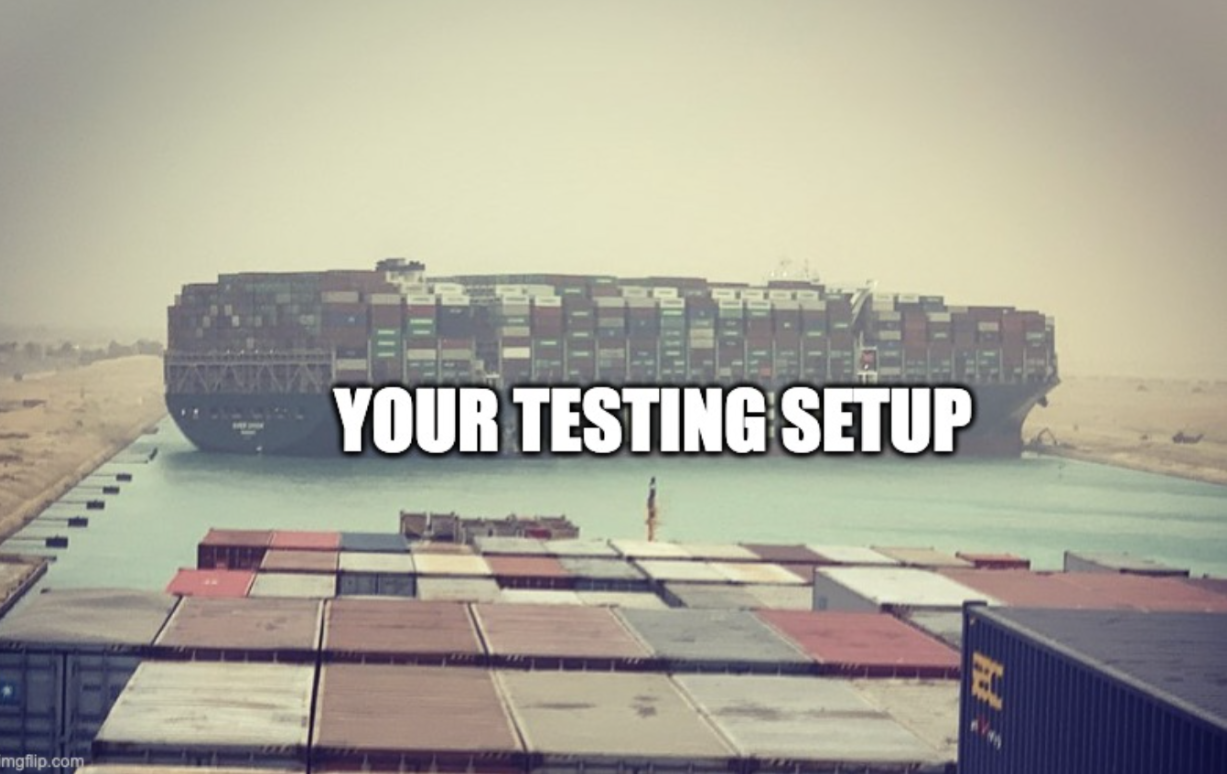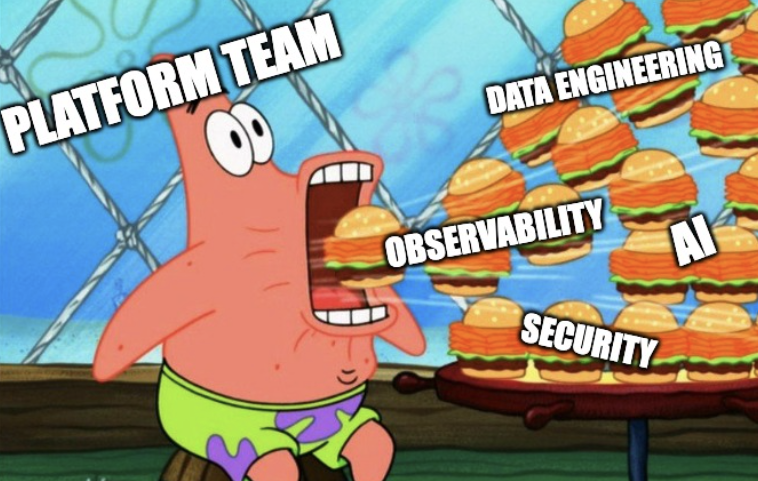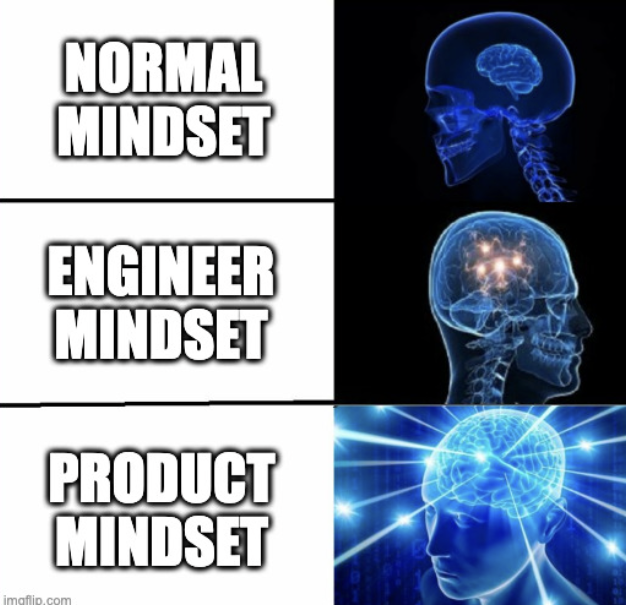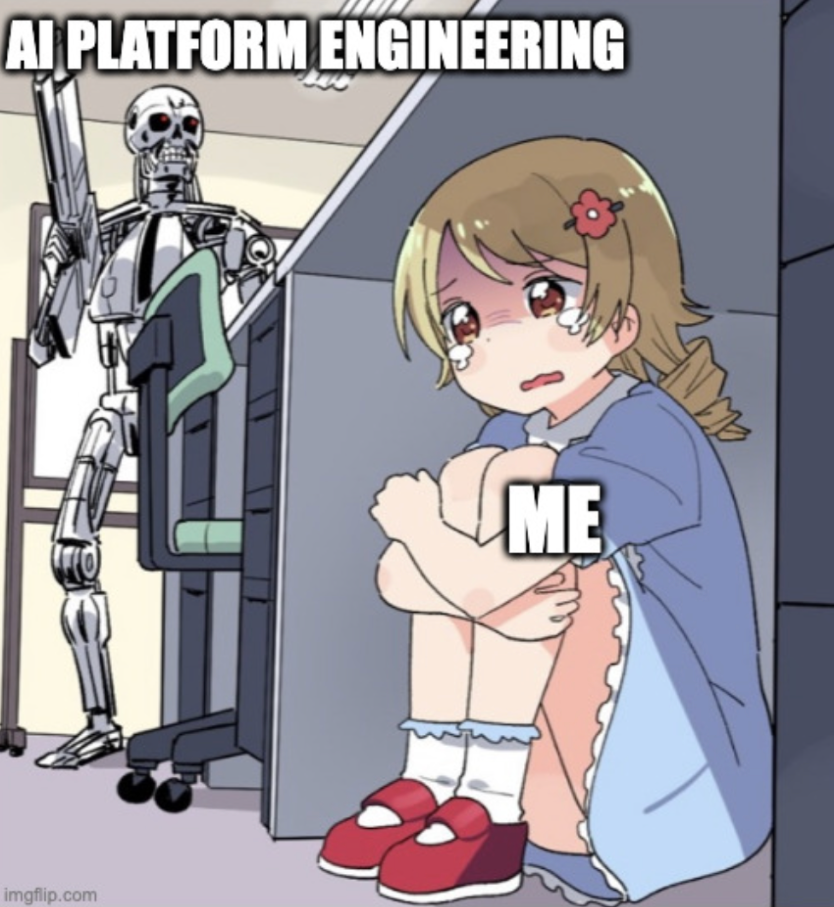
What’s a platform engineering newsletter without a dedicated issue for Kubernetes?
Let’s get bakin’ 🥐
How to make your K8s setup NOT suck
Kubernetes is here to stay. So whether you’re just starting your implementation journey or are along your way, there are a few key things to keep in mind:
1. Success 📈 takes more than good intentions
When I studied ~1160 engineering teams, we found that organizations across the spectrum of performance had underestimated the difficulty of implementing Kubernetes.

The reason? Teams expect it to be easy to use and maintain, a cost saver, cloud agnostic, and so on. They do not think about the prerequisite functional systems and security expertise — mature integration with CI/CD systems, strong configuration management, appropriate documentation — that make Kubernetes implementation successful.
You have to get the technical details right the first time.
2. Appropriate security is harder than it looks
A majority of organizations I talked to said that Kubernetes security was important to them, but that didn’t translate to them handling it properly. 🙃
I saw plain-text secrets stored in repos, manually applied changes, lack of separation between environment-specific and agnostic configs… Y’all this is why we can’t have nice things. Security best practices are still necessary with Kubernetes.
3. Self-service is essential
90% of top performers have a setup where devs can deploy independently or on demand.
Only 39% of low performers said the same. Coincidence? 🤔 I think not.
Most concerningly, more than a third of low performers felt that most of their team was afraid to deploy to K8s clusters and break something! This fear often creates human resource bottlenecks and negates the primary benefits of containerization.
4. Kubernetes isn’t a silver bullet
High-performing organizations use Kubernetes as, as Kesley Hightower puts it, “a platform for building platforms”.

They create abstractions to enable developer self-service. While this doesn’t eliminate the need for some amount of Kubernetes expertise, high-performing organizations require only a few Kubernetes professionals to support them.
Ultimately, high-performing organizations understand that Kubernetes is not a silver bullet. It can be a powerful foundation… if the complexity, architecture, and security implications are properly accounted for.
Short on time? ⏳ We got you 🥐😋

🥐 Karan Pratap Singh shared this quick read about system design management tool API Gateway. Dive into its features, advantages, disadvantages and some useful examples.
🥐 Why are fast services slow? Dan Slimmon explored the nuances of the latency/throughput tradeoff. Interesting read for all SREs.
🥐 Google's serverless environment Knative is getting buzz. This overview by Chiradeep BasuMallick gives a great look into how Knative works, its key features and its importance for enterprises today. Worth the read.
🥐 Check out this info-packed thread from Ivan Velichko. If you're learning about containers, this is a must-read:

🥐 Eyes tired from all of this reading? Then listen to Level-up Engineering podcast episode 🎤 with Two Sigma's Camille Fournier. They discuss the role of platform teams and the most important skills for platform engineers: creating smooth communication with product teams.
🥐 Y'all know what's coming 😉

That's it for the #4. Hope you found it useful. If so, share it with your friends 🎉
This is a community-driven newsletter, so if you have anything 🔥 to share from the cloud-native world, send it our way. You can submit your ideas here.
Stay crunchy 🥐
Luca





























.webp)
.webp)




.webp)
.webp)


.webp)
.webp)

.webp)


-1.webp)














.jpg)
.jpg)
.jpg)
.jpg)
.png)
.jpg)
.png)
.jpg)
.jpg)
.jpg)


.jpg)
.jpg)
.jpg)
.jpg)
.jpg)
.png)
.jpg)
.jpg)
.jpg)
.jpg)
.jpg)
.jpg)
.png)
.jpg)
.jpg)
.jpg)
.jpg)
.jpg)
.jpg)










